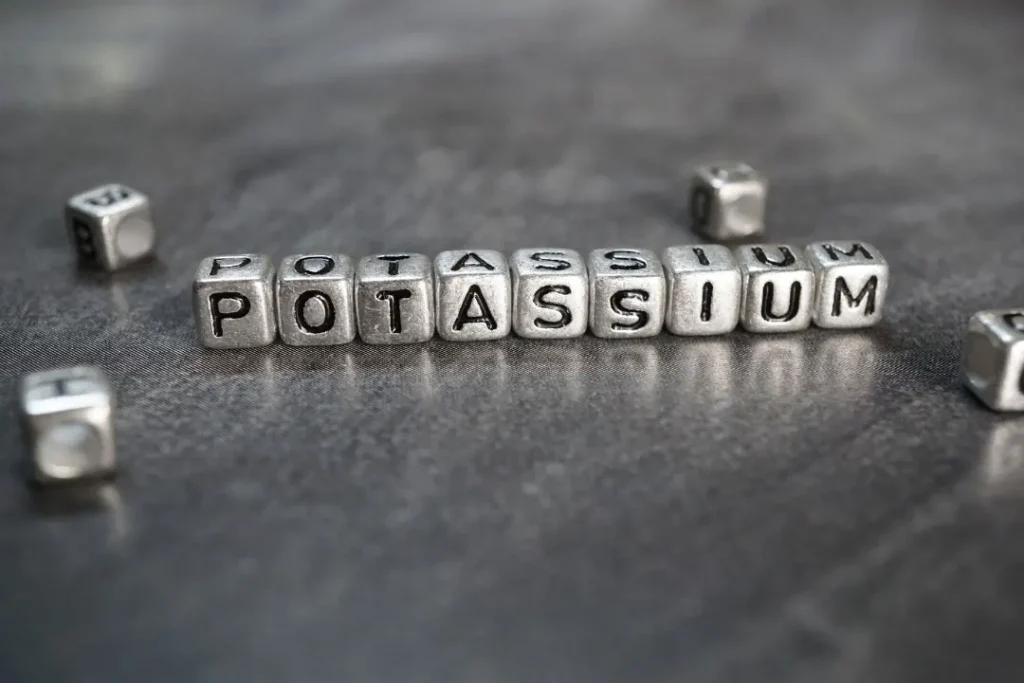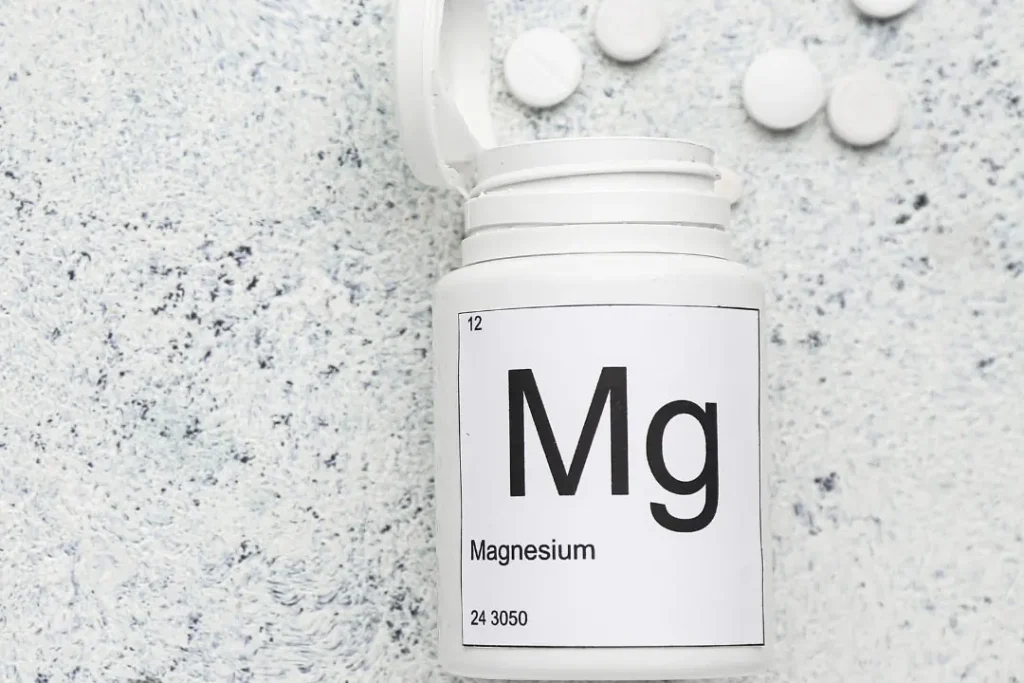Due to its alleged detoxification and healing benefits, clay, an age-old remedy, is experiencing a comeback in the health and wellness community. It is critical to understand the science behind its health advantages, ideal dosage, potential side effects, drug interactions, and responsible usage of clay as a supplement in light of its rising popularity.
You May Also Like:
5 Great Nootropic Herbs for Energy, Focus, and Productivity
5 Reasons You Should Know About the Vagus Nerve Gut Brain Connection
Clay: Benefits, Dosage, Side Effects, Drug Interactions, and Other Important Information is an original (NootropicsPlanet) article.
Nature of Clay
Clay is a naturally occurring substance made primarily of fine-grained minerals. It was created during millions of years due to the gradual breakdown of rocks and chemical weathering. The word “clay” can be used to describe a variety of materials, including kaolinite, bentonite, and montmorillonite.
Minerals like silica, magnesium, calcium, iron, potassium, and traces of other elements are abundant in clay. Every type of clay has a different mineral composition, so each one differs in color, texture, and therapeutic qualities. Clay typically has layered structures that allow it to absorb substances, which is a crucial aspect of why it is used for certain health factors.

Health Benefits of Clay
Clay has been used for thousands of years by many different cultures for its therapeutic qualities. It is taken orally for detoxification and mineral supplementation and it can be applied externally for wounds, skin conditions, and inflammation.
Clay’s ability to bind toxins, heavy metals, and harmful bacteria in the digestive tract accounts for its detoxifying properties. Toxins and pathogens with positive charges are drawn to its negatively charged layers, which aid in their removal from our bodies.
Furthermore, clay contains important minerals that can supplement your diet, especially if you have any kind of deficiency. The bio-availability of the minerals in clay are present in an inorganic form, and they are still a subject of ongoing research.


Chemistry of Clay
Clay is made up of fine-grained, naturally occurring rock or soil. These minerals include the frequently layered hydrous aluminum phyllosilicates, which can contain varying concentrations of iron, magnesium, alkali metals, alkaline earth metals, and other trace elements.
The three most popular kinds of clay used for for their medicinal properties are kaolinite, bentonite, and montmorillonite, each of which has a unique chemical make-up. Bentonite, a subtype of bentonite, is primarily composed of smectite minerals, typically montmorillonite, while kaolinite is made up of hydrous aluminum silicates. Montmorillonite, a subtype of bentonite, is a 2:1 clay, meaning it has two tetrahedral sheets sandwiching a central octahedral sheet.
Because of its negative surface charge, clay has a high cation-exchange capacity. This indicates that clay has the ability to draw in, retain, and exchange cations, or positively charged ions, which is essential to understanding how clay exerts its therapeutic effects.


Physiological Properties of Clay
Clay’s absorptive and adsorptive qualities are related to its healing properties. Adsorption is the process by which atoms, ions, or molecules cling to the clay’s surface. In contrast, absorption occurs when the substance enters the internal structure of the clay. These substances make clay able to bind to and aid in the removal of heavy metals, bacteria, and toxins from our bodies.
Clay’s negatively charged surfaces attract positively charged particles, which frequently contain toxins and pathogens, when it is ingested. Clay helps with detoxification by binding these substances and facilitating their removal from our bodies.
Additionally, clay is a source of minerals that are bio-available. These necessary minerals can be absorbed in the digestive system and support many physiological processes, such as enzyme activation, muscle function, and fluid balance.
Clay is frequently applied externally to treat wounds, inflammation, and skin conditions because of its cooling and adsorptive abilities. Clay can bind to dirt and extra oil on the skin, giving the skin a cleansing effect. Its calming effects can reduce inflammation and irritability, which could hasten the healing process.
While the direct effects of clay supplementation on the brain have received little research, the detoxification process and mineral supplementation can indirectly support our neurological health. For example, maintaining proper neuronal function requires adequate levels of minerals like magnesium and potassium.
Optimal Dosage of Clay
The best amount of clay to take as a supplement largely depends on your general health and your intention of using it. As a general rule, one teaspoon to one tablespoon of food-grade clay diluted with water is frequently advised for internal use. The clay can be combined with just enough water to make a paste, then can be applied to your skin for external use.
Given the paucity of thorough clinical trials, it is advised to begin with a small dosage and then increase it gradually if your body is able to tolerate it well. It’s also recommended to talk to your doctor before starting a clay supplement. It is important to take into account your health to ensure safe usage.


Side Effects of Clay
While clay is typically considered safe for external use, using it internally could have unfavorable effects. Due to its binding properties, constipation and bloating are the most frequent side effects. Rarely, excessive consumption of some types of clay can result in an overabundance of some minerals, such as aluminum, and can cause mineral imbalances.
Consuming clay from non-food-grade or contaminated sources can be dangerous and expose you to potentially harmful substances like heavy metals. As a result, for internal supplementation, only food-grade clay from reliable sources should be used.
Potential Substance Interactions with Clay
Clay can bind substances in the digestive system, which raises the possibility of hindering the absorption of medication. Clay specifically can decrease the bioavailability of some medications, such as antibiotics and those used to treat chronic conditions, which may reduce their effectiveness.
Before consuming clay, it is imperative to speak with your healthcare professional if you are taking any other medications. To lessen the chance of an interaction, it is frequently advised to leave 1-2 hours in between taking medication and clay.
Best Responsible Use
Clay supplements have a wide range of potential health advantages, mostly because of its mineral content and detoxifying properties. It does, however, have potential side effects and interactions, just like any supplement. To further our understanding of its therapeutic properties, establish evidence-based dosage recommendations, and ensure its safe and efficient use, additional research is required.
Clay:
Conclusion
Clay continues to be an intriguing intersection of traditional knowledge and wellness, despite the areas that still require more research. Its responsible use, backed by expanding scientific knowledge, could offer an alternative path to promoting our general health. However, in order to ensure its safe and efficient integration into your personal health routine, consultation with your healthcare professional is essential.
References:
- Medicinal Clay and Spiritual Healing. Retrieved from: https://www.ncbi.nlm.nih.gov/pmc/articles/PMC6586830/
- Clay minerals and health: research perspectives. Retrieved from: https://link.springer.com/article/10.1186/1743-8977-2-7
Important Note: The information contained in this article is for general informational purposes only, and should not be construed as health or medical advice, nor is it intended to diagnose, prevent, treat, or cure any disease or health condition. Before embarking on any diet, fitness regimen, or program of nutritional supplementation, it is advisable to consult your healthcare professional in order to determine its safety and probable efficacy in terms of your individual state of health.
Regarding Nutritional Supplements Or Other Non-Prescription Health Products: If any nutritional supplements or other non-prescription health products are mentioned in the foregoing article, any claims or statements made about them have not been evaluated by the U.S. Food and Drug Administration, and such nutritional supplements or other health products are not intended to diagnose, treat, cure, or prevent any disease.
